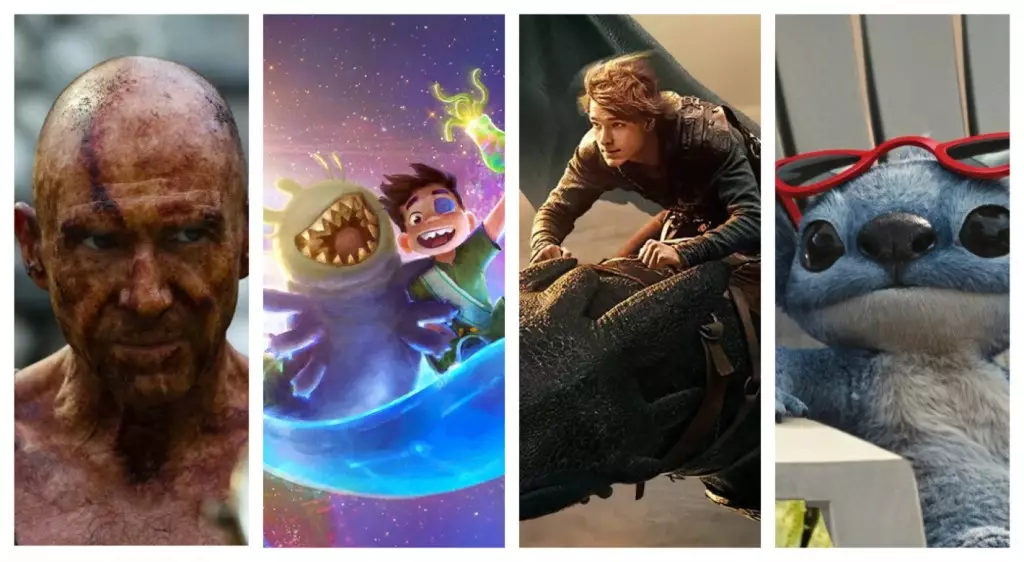Danny Boyle’s recent venture, “28 Years Later,” burst forth onto the cinema landscape with a notable $60 million opening weekend worldwide, a feat that is impressive, especially for an R-rated horror film. What stands out in this release is the role of auteurism. Boyle, with his distinct vision and narrative style, has been able to penetrate the often-overlooked niche of horror films and steer it towards critical acclaim combined with box office success. The $30 million apiece split between domestic and international markets signifies a rare equilibrium, showcasing the film’s universal appeal amidst regionalized tastes.
In an era where horror sometimes plays second fiddle to more mainstream genre fare, Boyle’s film showcases just how gripping and impactful a calculated, author-driven narrative can be. The strong performance is not merely an accident; it suggests audiences are increasingly yearning for films that provide thoughtful narratives rather than rote jump scares or clichés.
Box Office Breakdown: A Refreshing Surge
The film launched in 59 international markets and performed particularly well, even outpacing some formidable competitors in recent horror releases. The statistics reveal a surge that exceeds projections, and it’s exciting to see a non-franchise horror film thrive in a landscape dominated by sequels and remakes. The UK alone contributed $6.4 million to the total gross, leading the charge in international markets.
Notably, Mexico and various Middle Eastern territories joined the horror wave with impressive bows of $2.7 million and $1.8 million, respectively. These figures reaffirm the notion that when horror is well-crafted, it transcends geographical barriers and resonates with diverse audiences. Other countries that contributed include Australia and Germany, which shows the film’s wide-reaching influence.
Amidst a rising heatwave at the box office, it’s thrilling to witness a new player capture audience interest with a unique offering. Films like “28 Years Later” remind us that creativity in storytelling can, indeed, draw in vast crowds and financial backing without heavy reliance on established franchises.
Contrasting Fortunes: The Lackluster Performance of Elio
In stark contrast, Pixar’s “Elio” stumbled with a lukewarm opening of $35 million globally, lacking the robust start it had hoped for. The disparity between the two films raises interesting debates about audience expectations and market saturation. While “Elio” featured a well-known animation powerhouse, its performance slipped beneath the wave of expectations, leading one to reflect on the changing tides of animated storytelling.
The opening figures highlight a challenging environment—students are still attending school, limiting family attendance to animated films. This incident amplifies the blending waters of animated fare and calls into question the viability of new animated franchises amidst established juggernauts. It’s a tough time for fresh intellectual properties to gain traction against family entertainment cunningly packaged from legacy brands.
Universal Success: How to Train Your Dragon’s Dominance
Universal’s powerhouse “How to Train Your Dragon” is amassing a staggering total of $358.2 million in worldwide earnings, exemplifying a franchise’s enduring allure and grip on audiences. This narrative of success juxtaposes markedly against both “28 Years Later” and “Elio.” While the latter struggles for foothold, the former revels in winning hearts and dollars alike. Universal recognizes the significance of staying power; a film with established groundwork can weather initial storms better than a newcomer reliant solely on its novelty.
The steady international performance illustrates robust staying power in various markets, with a minimal drop in attendance week over week, signaling audience investment. Critics and viewers alike might be rallying toward the familiarity of established realms, while newer ventures need to relentlessly innovate within a competitive space.
The film world is truly unpredictable, reflecting a volatile market in which trends can shift in the blink of an eye. As audiences gravitate towards unique narratives, industry players must consider what they are releasing into this tapestry of viewer expectations.

